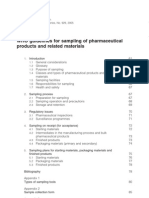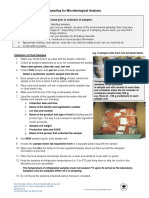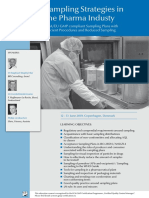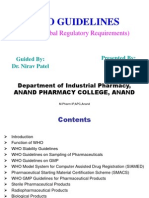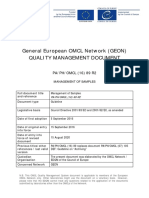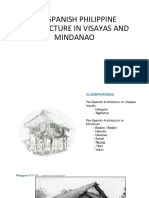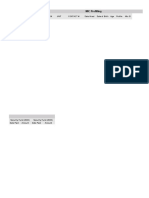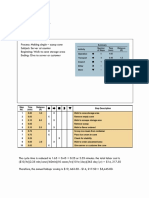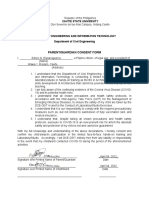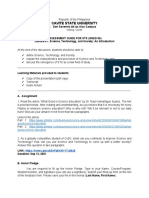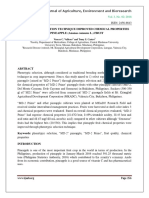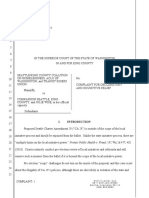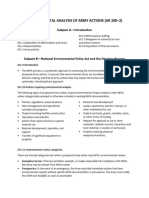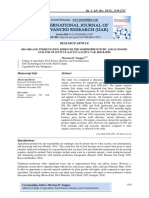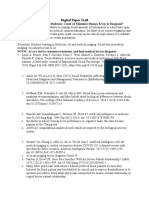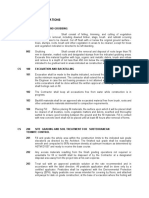0% found this document useful (0 votes)
83 views12 pagesPharmaceutical Analysis-2 Lecture Sampling Method
This document discusses sampling methods for pharmaceutical analysis. It begins by defining sampling as removing items from a population to make inferences about the entire population. It notes that sampling requires preparation, including having the proper tools and cleaning procedures. The sampling process involves following a written sampling procedure and plan to ensure representative samples are taken in sufficient quantities. Important steps include supervising sample collection, documenting the process, and properly storing and labeling samples in containers that will not interact with or allow contamination of the material. Samples should be stored according to specified conditions and for as long as necessary for testing purposes or to resolve issues.
Uploaded by
Edrick G. EsparraguerraCopyright
© © All Rights Reserved
We take content rights seriously. If you suspect this is your content, claim it here.
Available Formats
Download as PPTX, PDF, TXT or read online on Scribd
0% found this document useful (0 votes)
83 views12 pagesPharmaceutical Analysis-2 Lecture Sampling Method
This document discusses sampling methods for pharmaceutical analysis. It begins by defining sampling as removing items from a population to make inferences about the entire population. It notes that sampling requires preparation, including having the proper tools and cleaning procedures. The sampling process involves following a written sampling procedure and plan to ensure representative samples are taken in sufficient quantities. Important steps include supervising sample collection, documenting the process, and properly storing and labeling samples in containers that will not interact with or allow contamination of the material. Samples should be stored according to specified conditions and for as long as necessary for testing purposes or to resolve issues.
Uploaded by
Edrick G. EsparraguerraCopyright
© © All Rights Reserved
We take content rights seriously. If you suspect this is your content, claim it here.
Available Formats
Download as PPTX, PDF, TXT or read online on Scribd
/ 12





